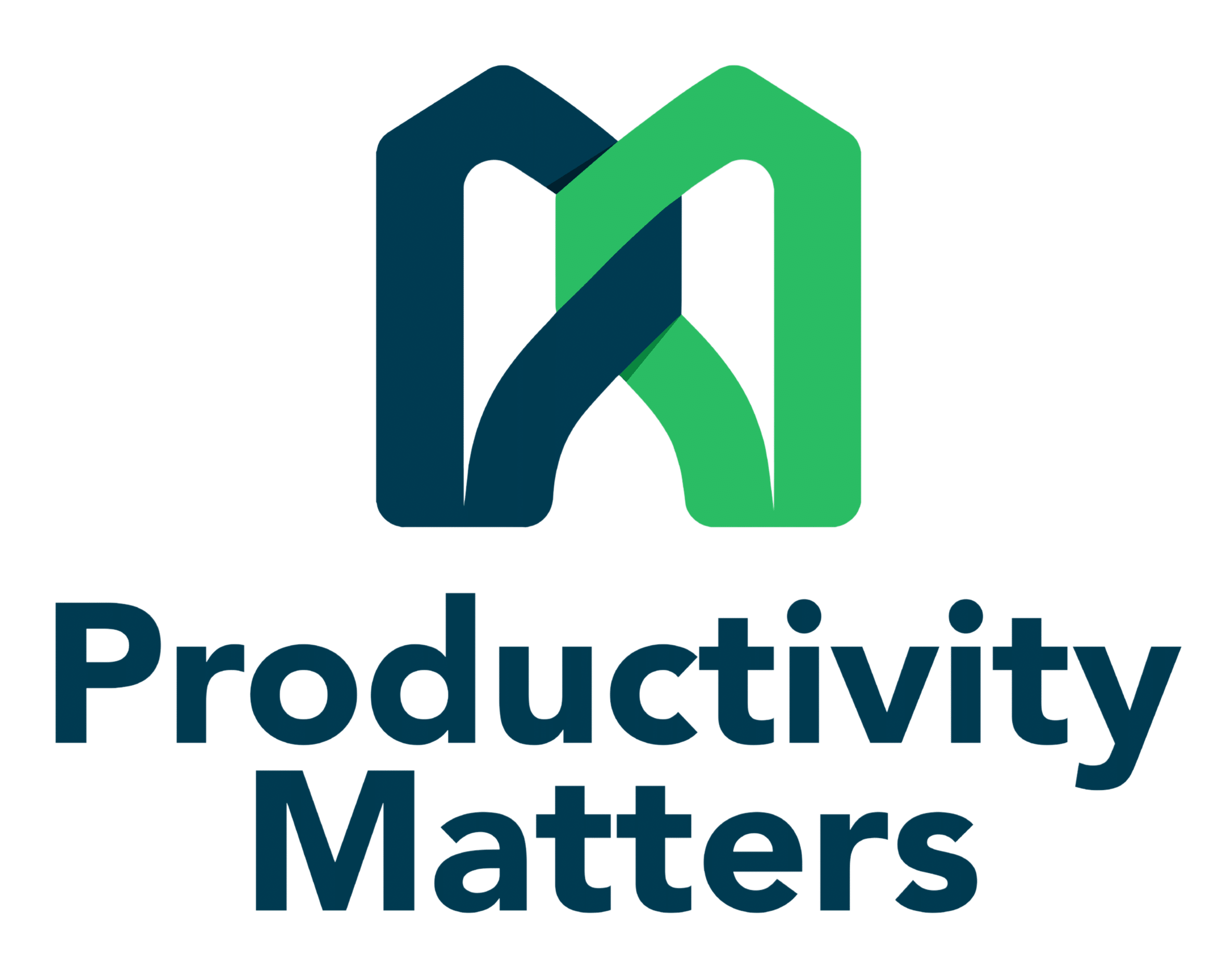What is the APHIRM Toolkit?
The APHIRM toolkit is a set of evidence-based procedures and tools used to manage the risk of work-related musculoskeletal injuries and disorders (MSDs). It is unique in covering both the manual handling and psychosocial hazards that affect MSD risk.
Based on a model formulated by the World Health Organisation (WHO) network of Collaborating Centres in Occupational Health, the toolkit was developed by La Trobe University ergonomists and occupational health psychologists. It applies evidence from extensive international and local research to establish the leading work-related causes of MSDs and the key requirements for more effective prevention.
The toolkit is intended for users to implement routine health and safety risk management procedures, following the conventional risk management cycle. Using a cloud-based software platform, the toolkit enables users to identify the highest risk hazards, develop and implement actions to reduce risk most effectively for each workgroup and evaluate the effectiveness of actions taken.
What are Psychological Hazards?
Psychosocial hazards arise from factors affecting workers’ stress, fatigue, job performance and satisfaction. They include workload and work pace; work schedule, job design and degree of personal control or autonomy; work content; relationships with managers, supervisors and co-workers; role conflicts and clarity; and work-life balance.
As well as being potential sources of risk, most of these factors also affect workers’ productivity and job satisfaction. Workplace managers, therefore, need to optimise their levels.
The Research
It used to be thought that MSD risk arose only from the physical demands of work, particularly ‘manual handling’ tasks requiring forceful or highly repetitive actions. It is now known that MSD risk is strongly influenced by the physiological effects of stress from workplace factors known as psychosocial hazards. To demonstrate this, a systematic review by Lang et al. (2012)[1], which reviewed 50 studies on the topic, determined that low supervisor support, low job satisfaction and low social support had a similar influence on the likelihood of developing lower back pain as high physical job demands. A paper by Johnson et al. (2003)[2] which included 6,311 retail material handlers, demonstrated that psychosocial factors such as job dissatisfaction, scheduling demands and high job intensity were at least as influential on the development of new back pain as the requirement to lift 20 pounds (just over 9kg).
Case Studies
APHIRM is the most evidence-based approach available for the identification of hazards that predict musculoskeletal disorders. For the privacy of the organisations that have piloted the program, La Trobe University is unable to provide in-depth information regarding outcomes within individual organisations. Most of their testing was completed within Aged Care Facilities. As the toolkit is newly developed, benchmark data is still being gathered. Productivity Matters introduced APHIRM and implemented a pilot to an Australian based blood service in 2020/2021, the results of which are just starting to be realised.
Who should implement the APHIRM approach?
Any organisation that recognises hazardous manual tasks as one of the key risks. The larger the number involved, the more valid the results of the survey. An entire toolkit cycle requires one year & should be repeated annually.
What are the key steps in the delivery of the Toolkit?
- Form a core Risk Management Team (RMT). Core members of the RMT are an OHS Manager/Co-ordinator, a senior manager and the Productivity Matters consultant.
- Select the target workgroup (i.e. all staff from a specific work area).
- Select additional RMT members, including a line leader/supervisor from the relevant workgroup, at least one workgroup member (more than one if multiple shifts) & an HSR.
- Deliver survey to the workgroup.
- Conduct a workshop with the entire workgroup to identify causes of each of the highest risk hazards & possible ways of eliminating them for that specific workgroup.
- The Risk Management Team develops an action plan specific to that workgroup.
- The Risk Management Team works with managers & others to implement & monitor the action plan.
- Evaluate outcomes after 12 months using survey, then repeat the cycle.
The APHIRM Survey
The survey asks about any musculoskeletal discomfort or pain the staff might have, manual handling & stress-related factors that can affect this. Many of the psychosocial questions are derived from the widely used Work Organisation Assessment Questionnaire (WOAQ). Survey responses will help identify the main hazards affecting the risk of discomfort/pain in staff doing their job. The confidential survey responses are analysed automatically by the toolkit software, producing averages for the job – NOT scores for individual people. Based on all surveys for the workgroup, the top 10 hazards are generated. Productivity Matters can provide a demonstration of the survey.
What sort of time commitment would be required by all parties?
The target workgroup would need to complete the survey (approximately 20 minutes per individual) and participate in a 60-minute workshop. The RMT would need to participate in an initial education workshop, plan the survey delivery, attend the employee workshop, meet to discuss feedback from the workshop, develop an action plan & work with managers to implement & monitor actions. The RMT would meet regularly & manage the process (ideally, this would be integrated into other routine management procedures).
How can Productivity Matters assist with the implementation of APHIRM?
Productivity Matters would include delivering education to the RMT, facilitate the employee workshop & collating feedback, facilitate the development of the initial action plan with the RMT & attend periodic RMT meetings to provide support & risk control advice. Productivity Matters would also drive the online portal and manage the project. Risk controls are specific to the hazards identified and are likely to include a mix of training, changes to procedures or systems of work and physical task modifications.
What outcomes will your organisation likely see?
The desired outcomes are reductions both in the various hazard levels & in discomfort/pain scores, both of which reduce the risk of MSD-related & stress-related workers´ compensation claims. The toolkit also provides benchmark data to measure ongoing improvements.

Mental Fitness.
Productivity Matters can help boost elements of mental fitness in employees to make them feel better about working in isolation at home.
1-20 people
- Up to 20 participants
- Price per session
- Practical goal setting
- Strategies for brain health
- Protect employees
21-50 people
- 21-50 participants
- Price per session
- Practical goal setting
- Strategies for brain health
- Protect employees
50+ people
- 50+ participants
- Price per session
- Practical goal setting
- Strategies for brain health
- Protect employees

